For nearly 500 years as the glorious capital of the Champa kingdom (11th-15th centuries), Binh Dinh (now Gia Lai province) still preserves a unique cultural heritage treasure from ancient temples and towers, ruins marked by time, to thousands of stone sculptures of unique artistic value.
The pair of statues "Mr. Black - Mr. Red" have become sacred symbols in folk beliefs.
The pair of Dvarapala statues (recognized by the Government as a national treasure in 2019), currently kept at Nhan Son Pagoda, now in An Nhon Ward, Gia Lai Province, are assessed by the Department of Cultural Heritage (Ministry of Culture, Sports and Tourism) as the two largest, most beautiful and most intact stone statues, the last representatives of the type of Dharma protector statues in the Thap Mam style, the last brilliant period of Champa art.
According to the documents of the Department of Cultural Heritage, the statue of Ong Do is 2.42m high and Ong Den is 2.45m high; each statue weighs about 800kg, carved from a single block of sandstone.
The statue stands with its knees bent, leaning slightly forward, its face fierce, its eyes bulging, its eyebrows thick, its hands holding a sword or a staff, its feet wearing a Naga snake-shaped jewelry. Notably, both have remained in the same position since the Cham period until now, which is rare in the Champa temple system.
According to folklore, when Vietnamese people came to this land, they did not destroy it but instead Vietnamized the image by drawing beards, wearing robes, hats... to be closer to the image of Dharma protectors in Buddhism.
According to the documents of the Department of Cultural Heritage, the statue of Mr. Do is 2.42m high.
Since then, “Mr. Black – Mr. Red” have become sacred symbols in folk beliefs. One statue represents kindness, the other symbolizes protective power, worshiped by people, praying for peace – wealth – children, or entrusting difficult-to-raise children to Buddha and the “two men”.
The pair of statues are also recorded in many ancient documents, such as Dai Nam Nhat Thong Chi of the Nguyen Dynasty... with details that the statues stand on a "golden stone", are "more than six feet tall", one painted red, one painted black.
According to Binh Dinh Museum (now Gia Lai Museum), through actual survey, behind Nhan Son Pagoda there is a fairly large and high mound, local people from ancient times to the present called Go Tam Thap, on the surface of the mound there are still many bricks scattered, here used to be a cluster of Cham towers, now collapsed, two statues of the Guardian God (also known as two gate gods) were probably placed in front of the temple tower.
This location was later built by the Vietnamese, and two gate gods have been placed in the temple since ancient times. These are two sculptures of the Champa culture.
The statue of Ong Den is 2.45m high; each statue weighs about 800kg, carved from a single block of sandstone.
Research and archaeology experts believe that the only place where the Cham people were most successful when the Vietnamese conquered the South was Ponagar. There is a pair of Cham statues that were Vietnamized, which is a great example of the relationship with the Cham people.
That is evidence of the Cham cultural integration, because the Vietnamese people respect the Cham people extremely, not invading and massacring them as hostile forces have said.
According to Dr. Le Dinh Phung, an archaeologist, to awaken the value of the national treasure of the pair of Dvarapala statues, it is necessary to consider this as an endogenous cultural resource, serving the development of local economy , culture and tourism.
This archaeologist also believes that the value of treasures should be included in local education programs to foster a love of heritage in the younger generation.
Particularly for outdoor treasures such as statues at Nhan Son Pagoda, there needs to be a specialized conservation plan, not only relying on folk beliefs but also having a systematic mechanism for monitoring, exploitation, and promotion from cultural agencies.
The story of the pair of thousand-pound stone statues at Nhan Son Pagoda is a vivid testament to the enduring vitality of Champa heritage. From ancient towers to Vietnamese pagoda roofs, from divine symbols to folk beliefs, each statue is a bridge connecting the past and the present.
The value of a treasure lies not only in its stone shape but also in its memories, spirit and community sentiments passed down through generations. Awakening heritage is not only about preservation, but also a journey to continue telling the cultural story with the understanding, love and shared responsibility of the entire community today.
Source: https://baovanhoa.vn/van-hoa/cap-tuong-da-700-nam-va-hanh-trinh-hoi-nhap-giao-thoa-van-hoa-148447.html


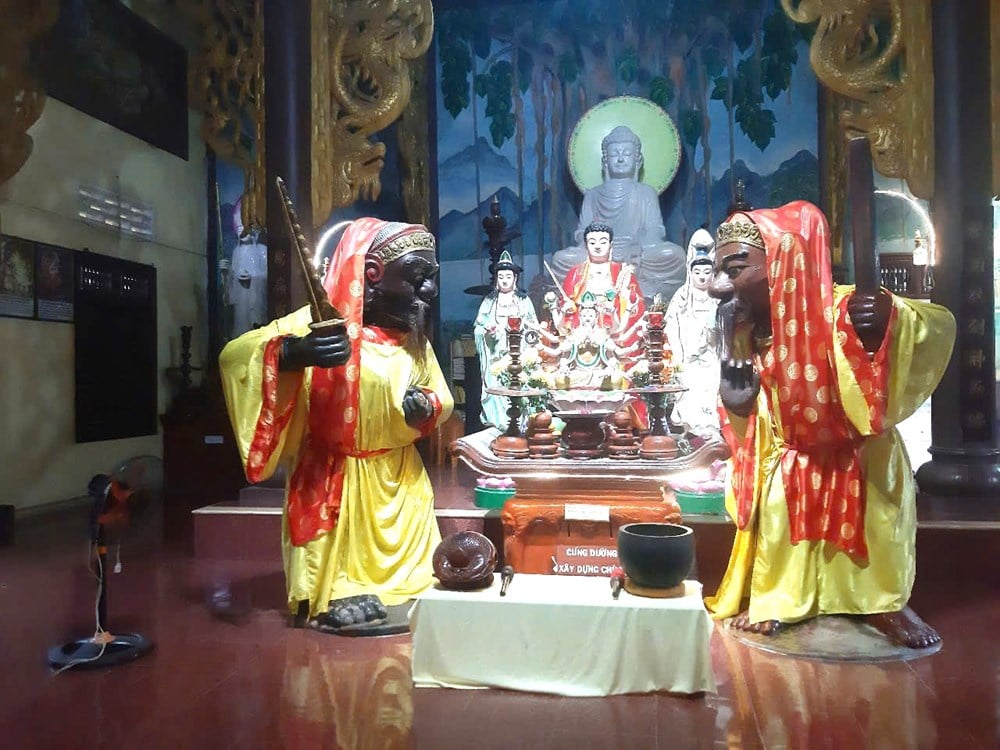
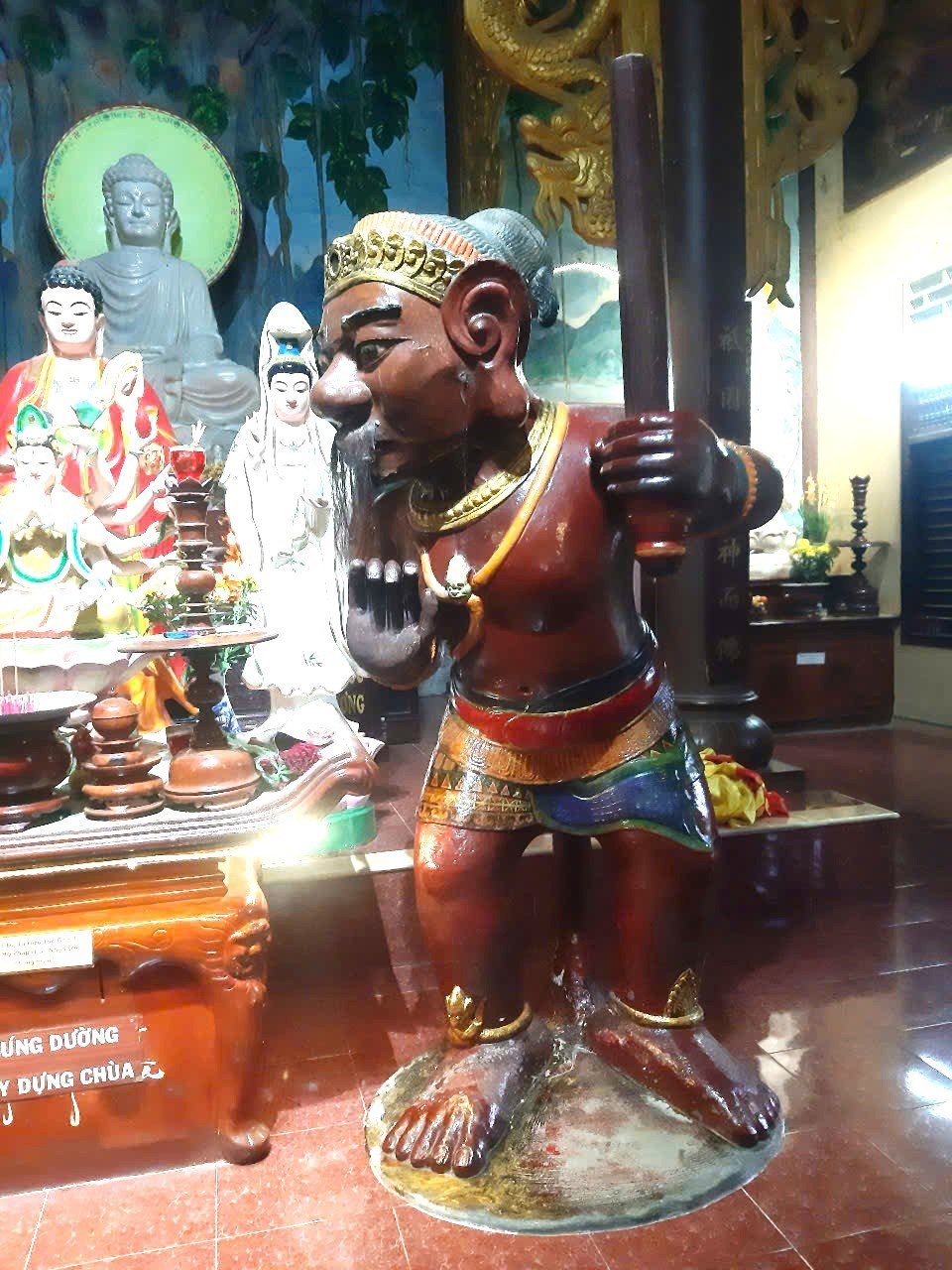
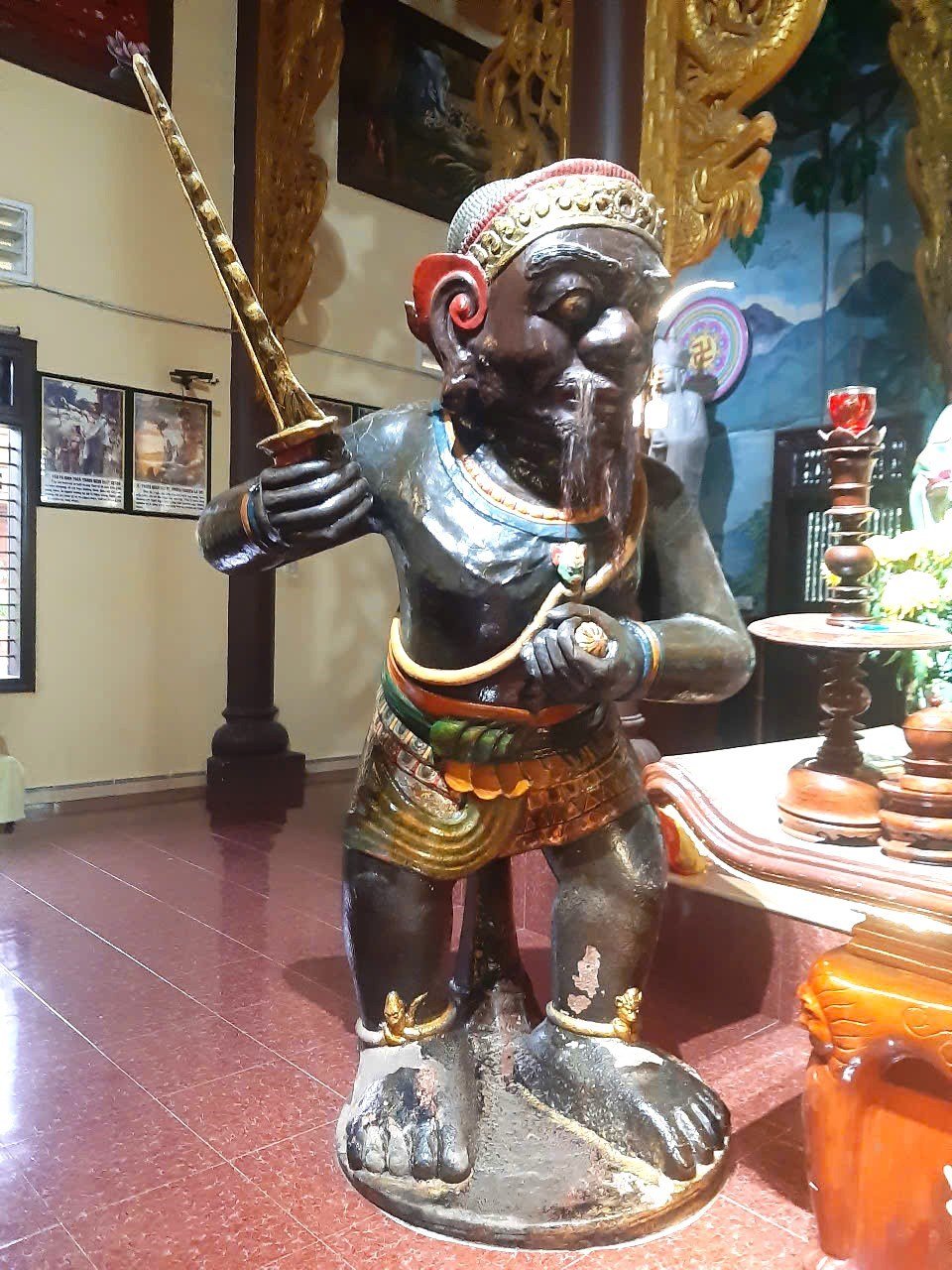
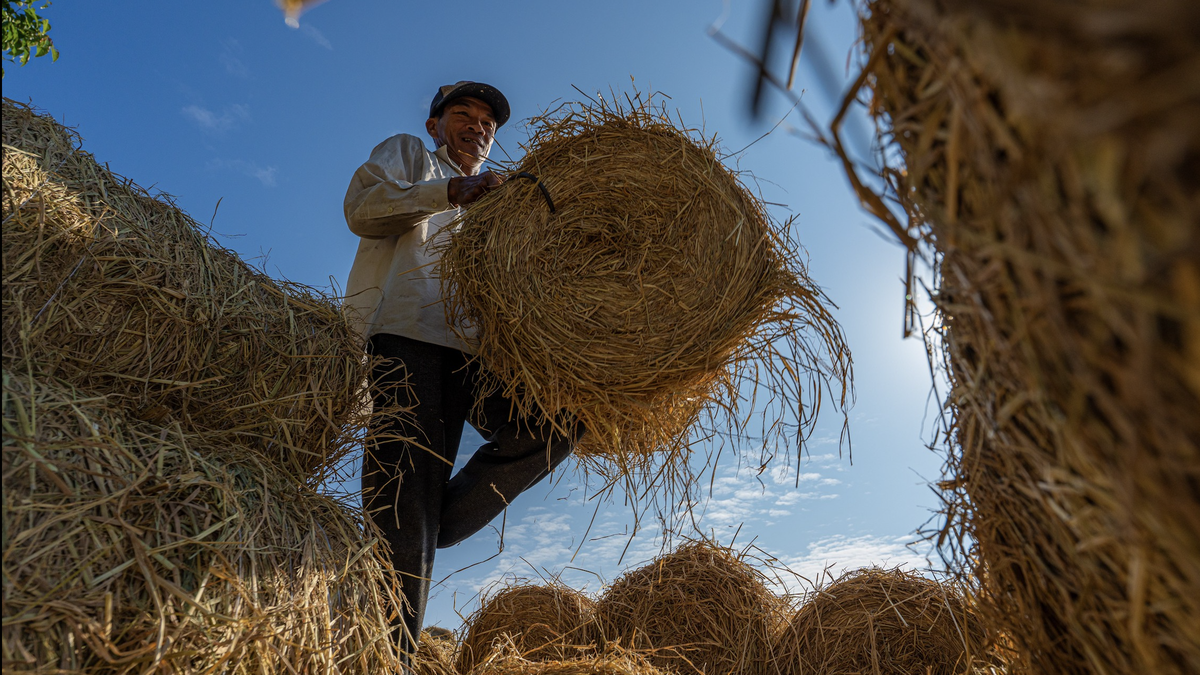
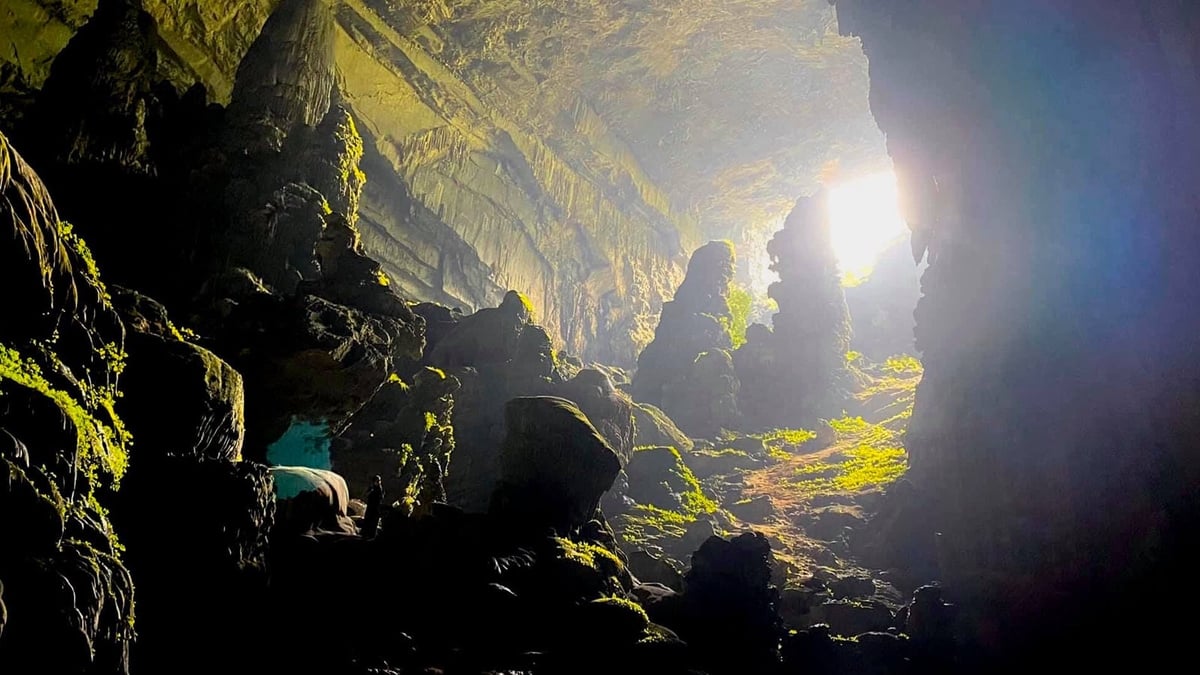
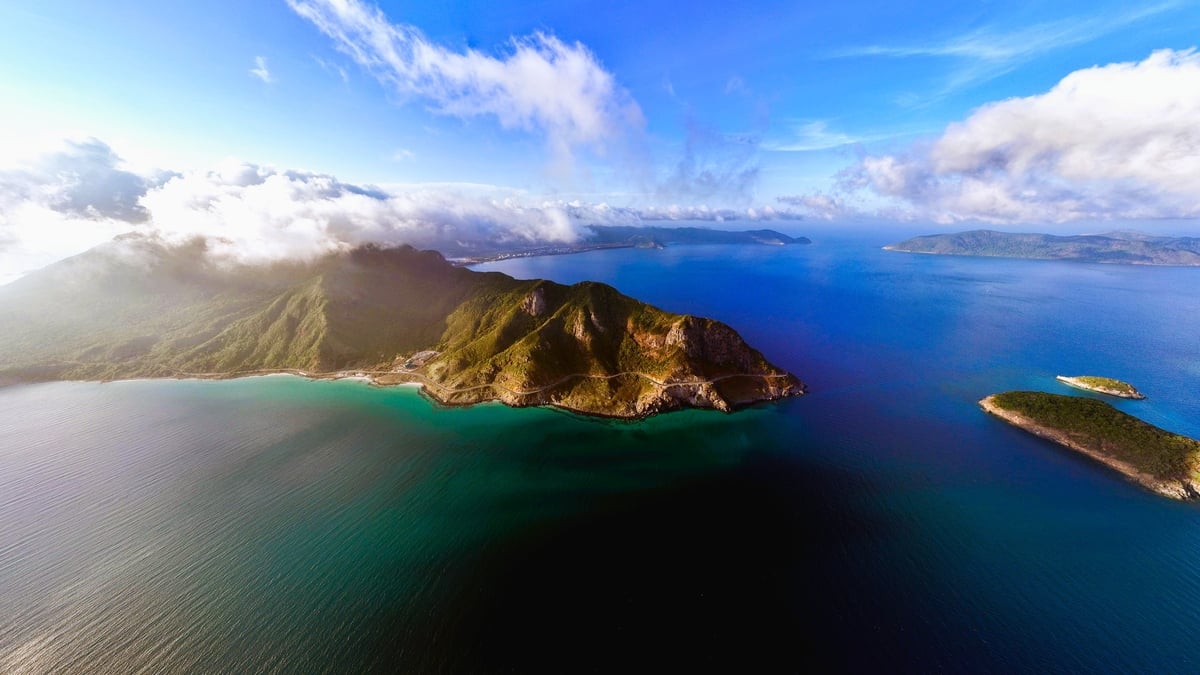
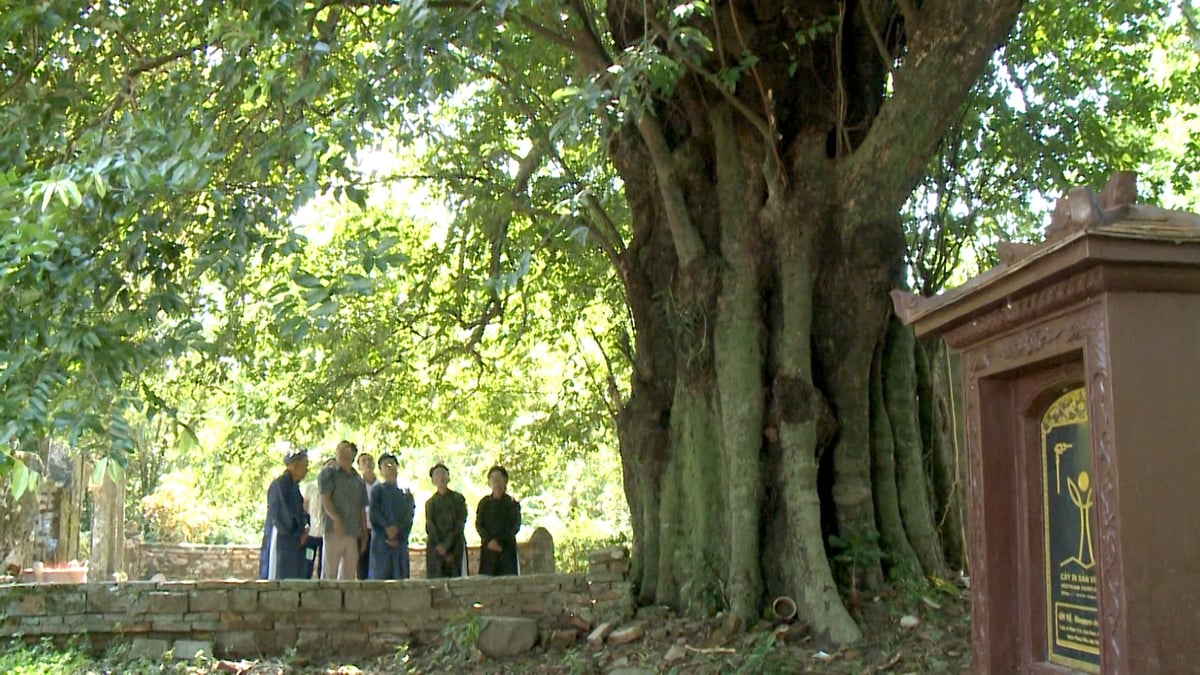


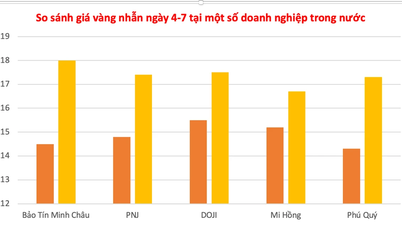


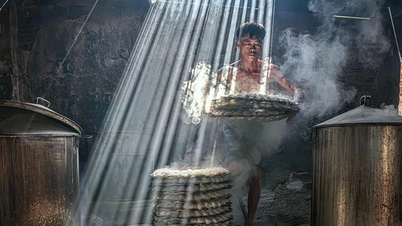
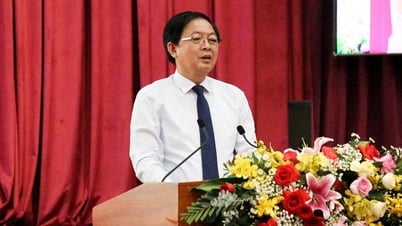

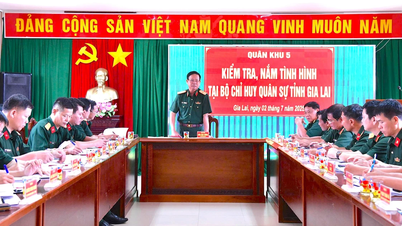
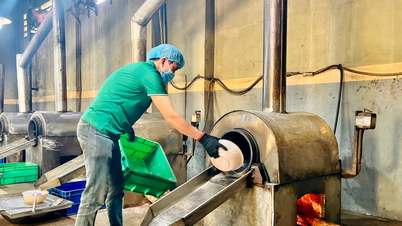






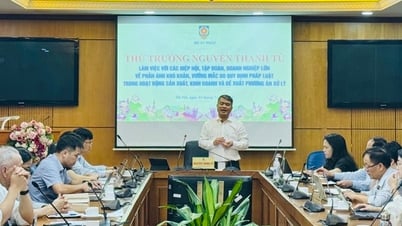
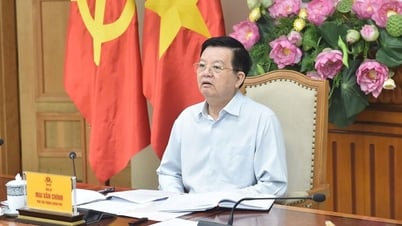




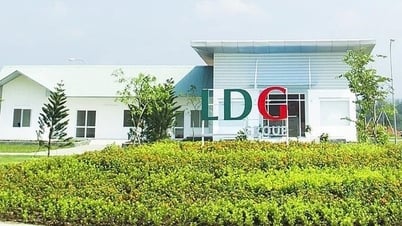

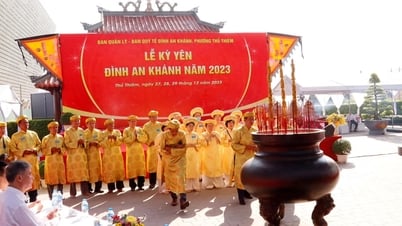

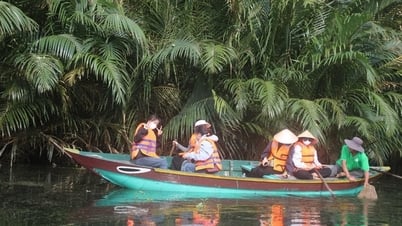
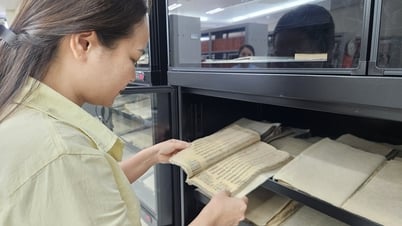

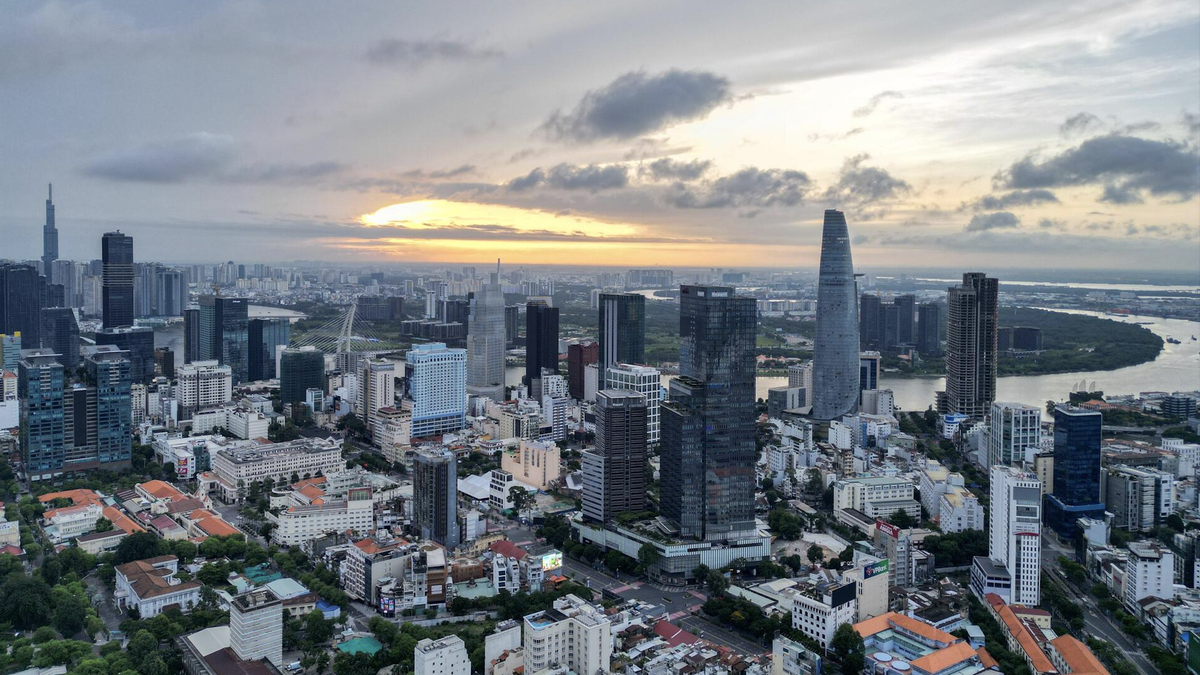
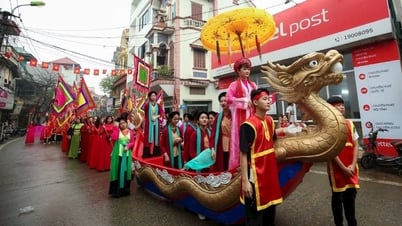

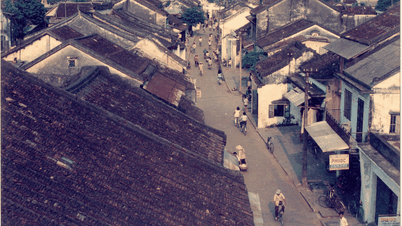
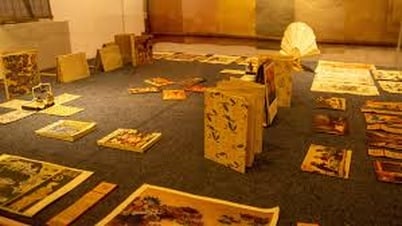

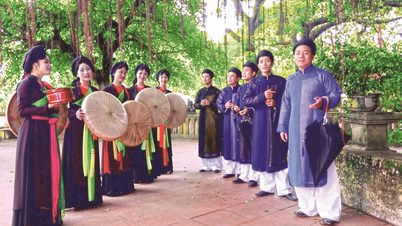
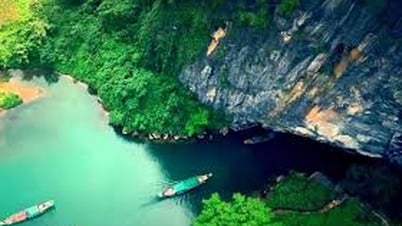

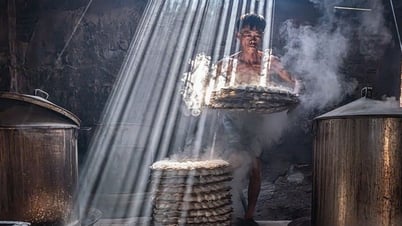



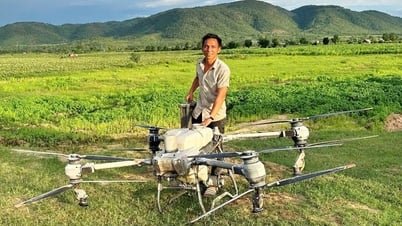

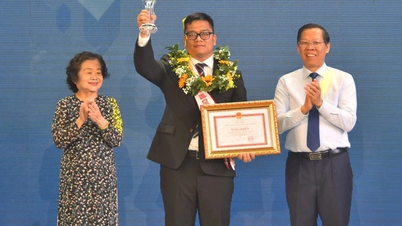







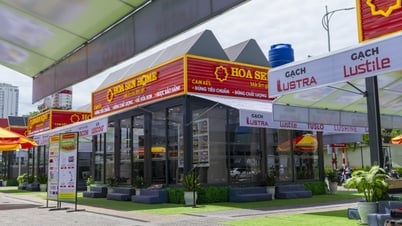



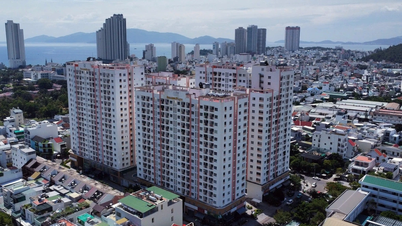
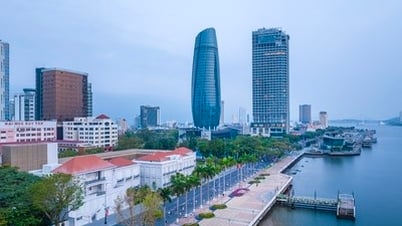







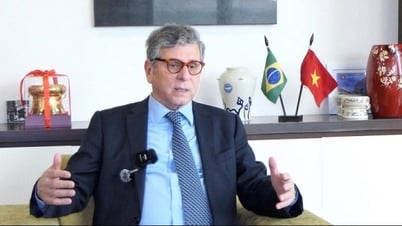

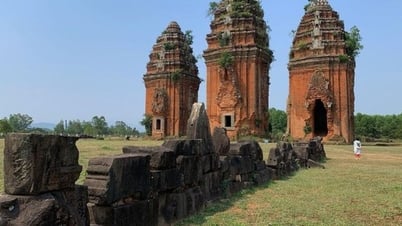

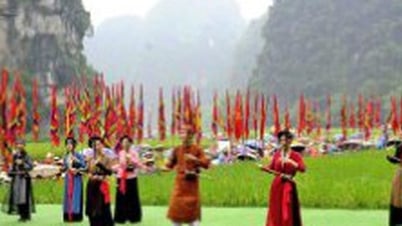
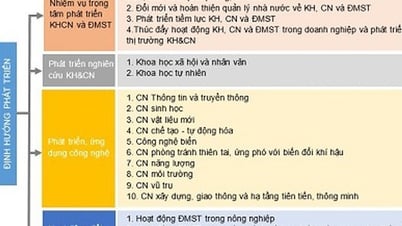




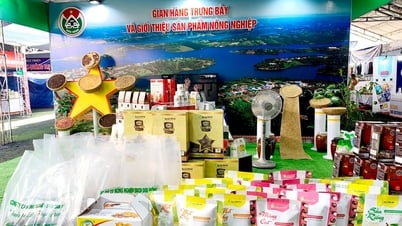

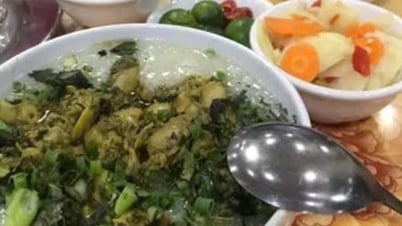

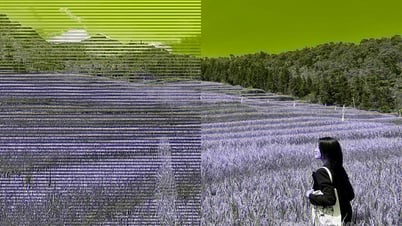


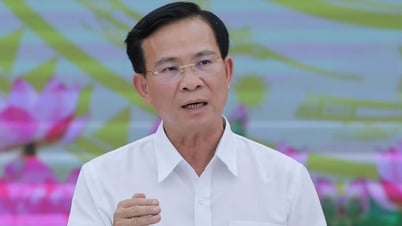









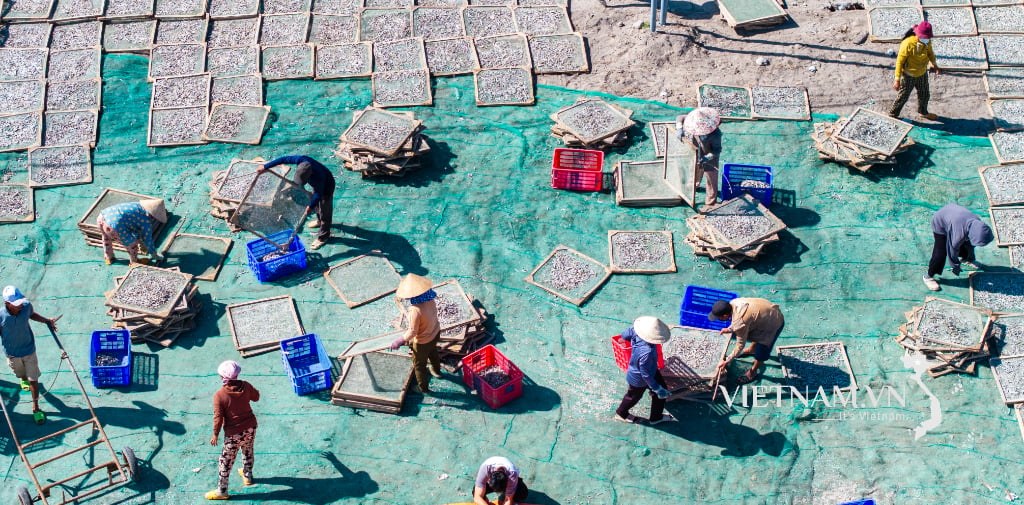

Comment (0)